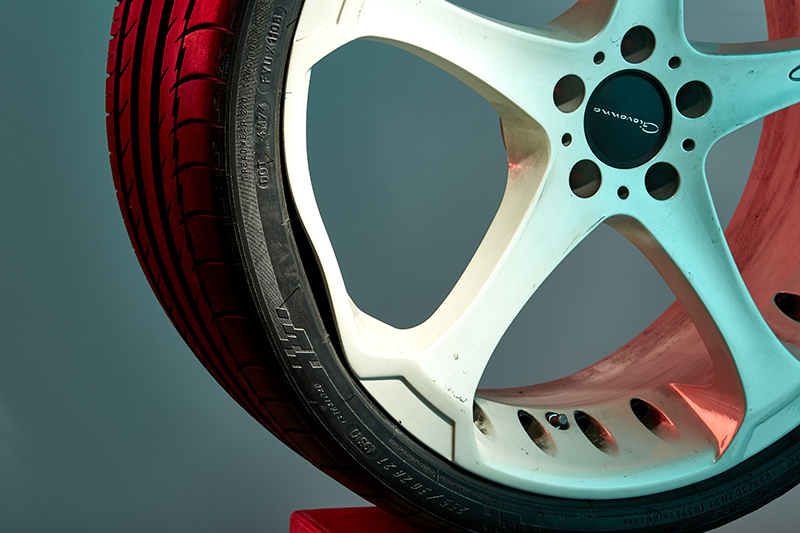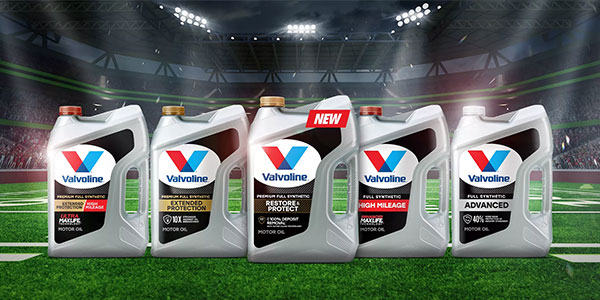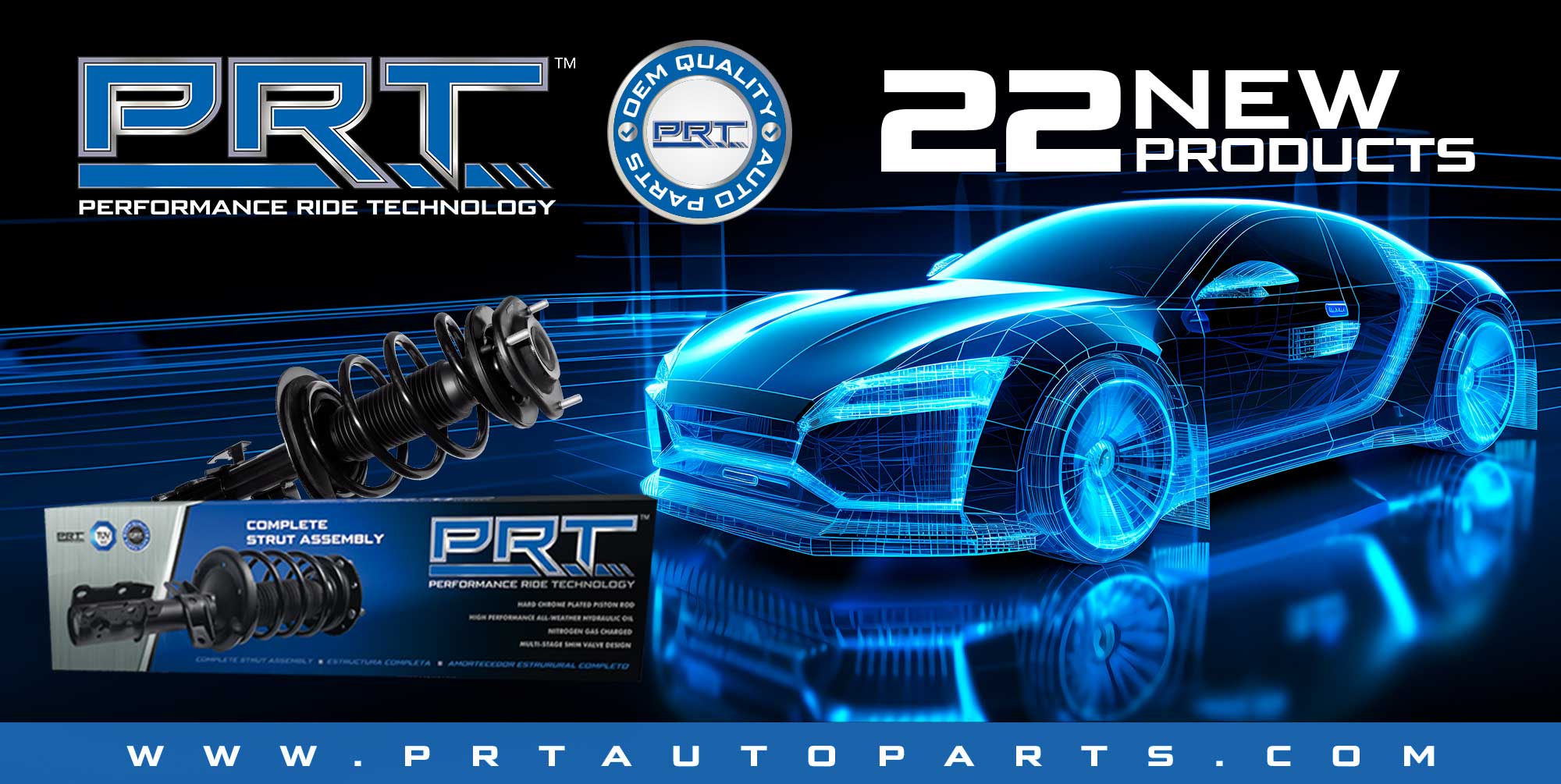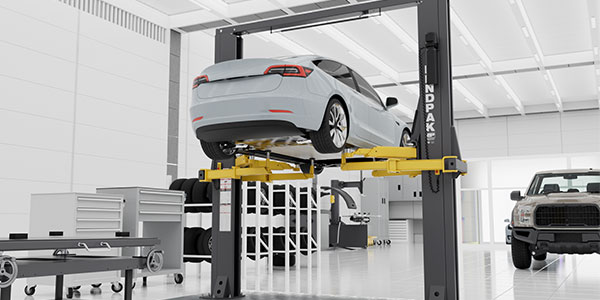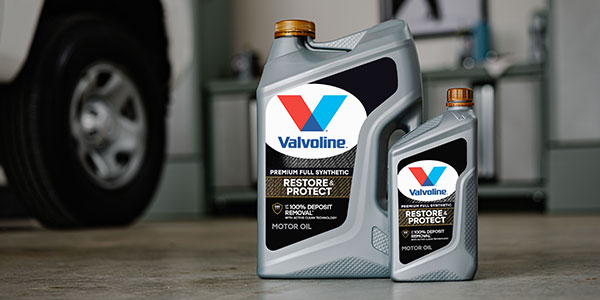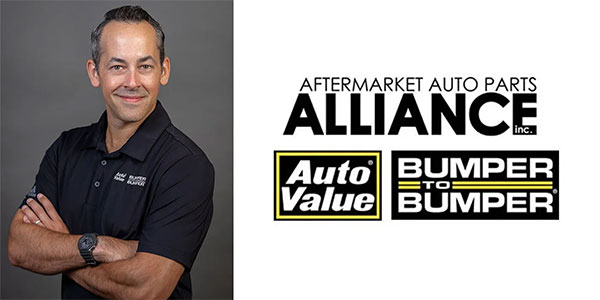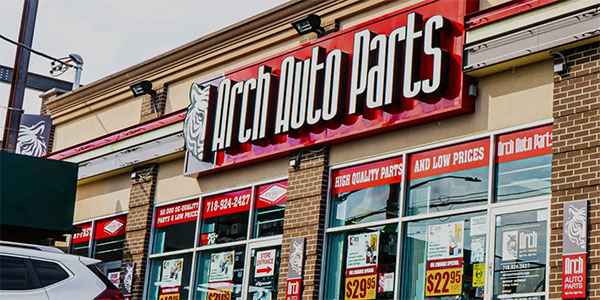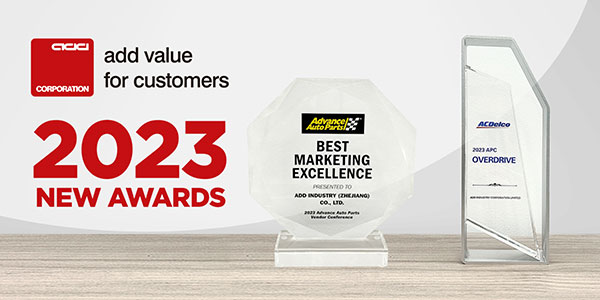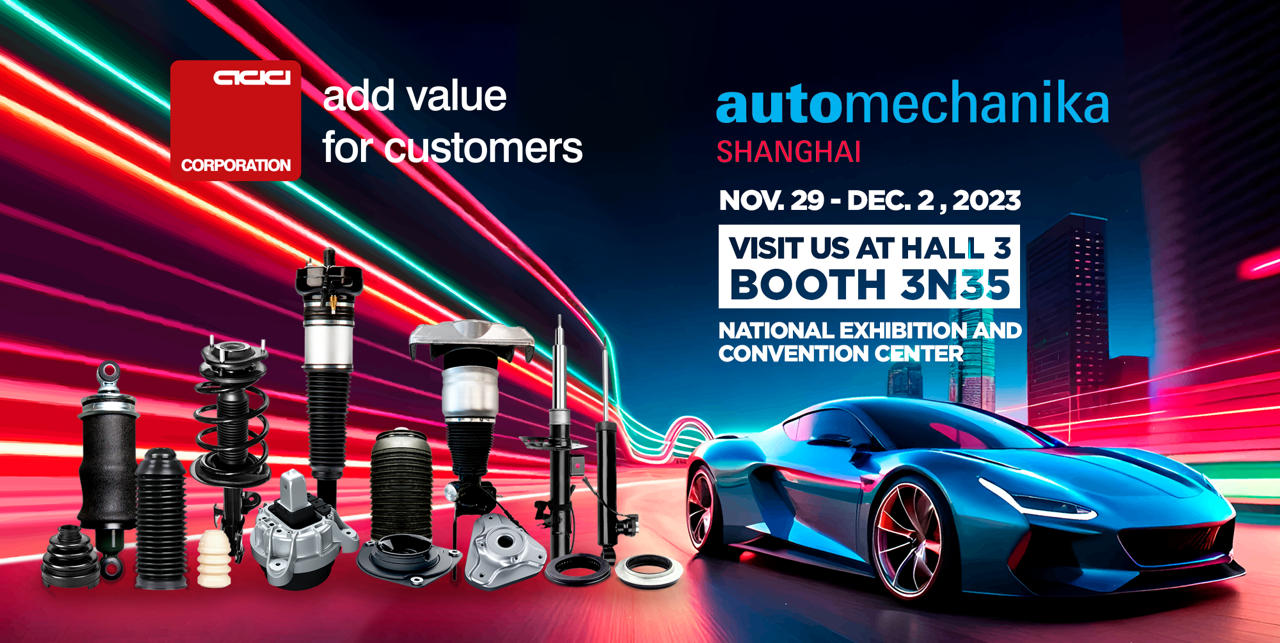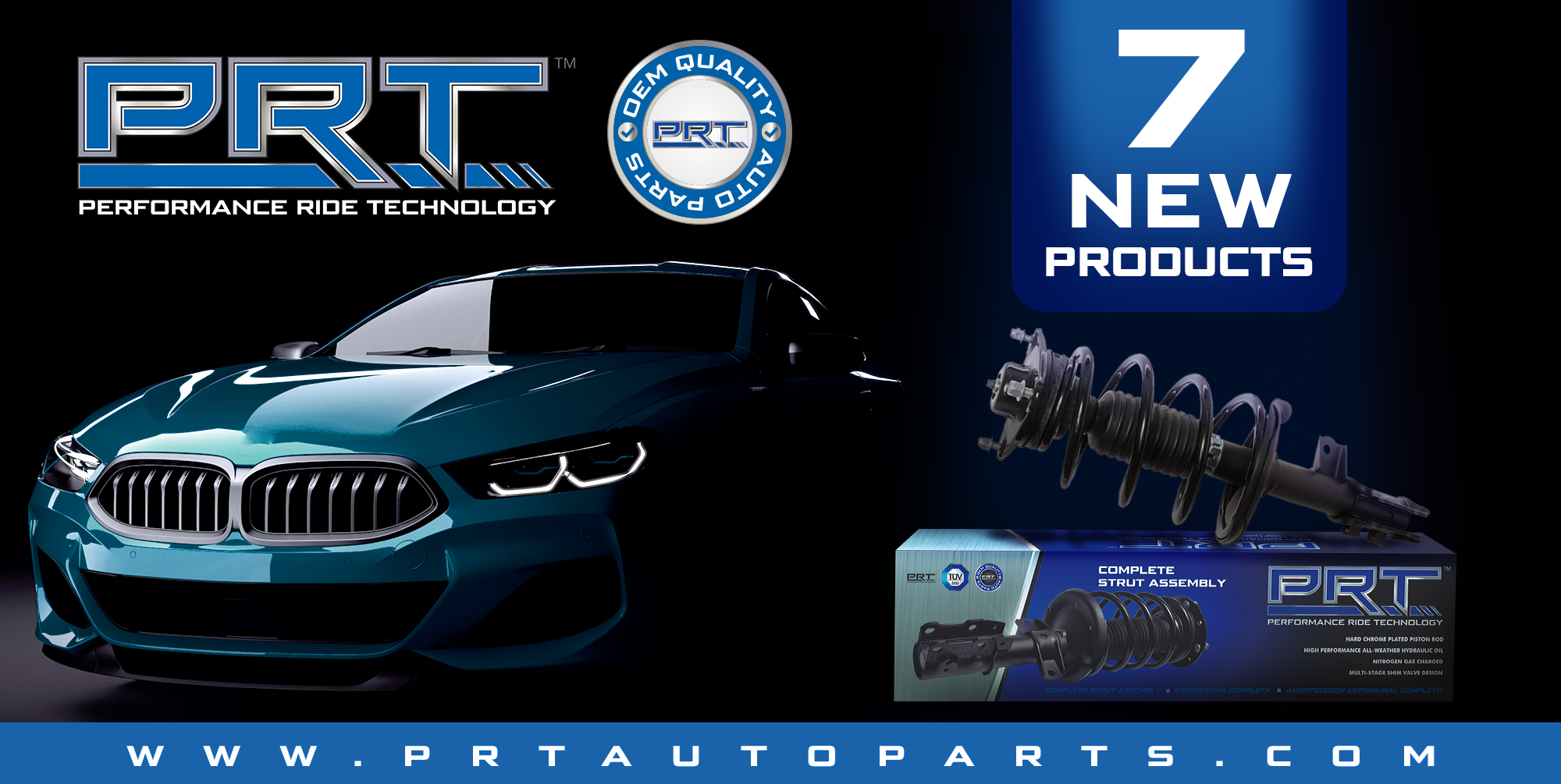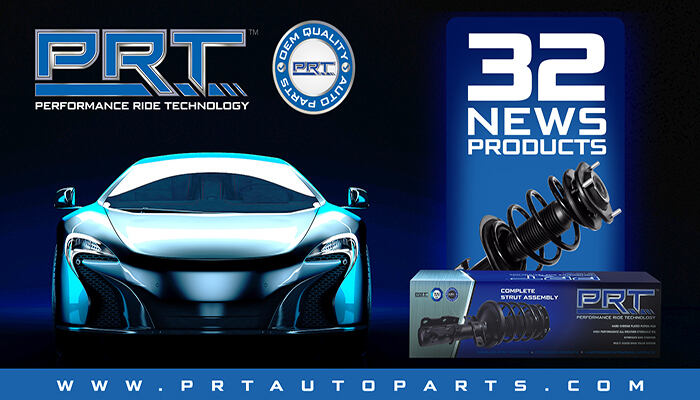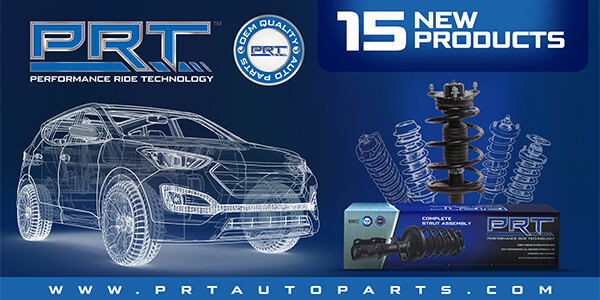Late winter into early spring can be a tricky time of year, and as many of us know, the change in season does not always come smoothly. Temperatures can drastically shift from mild to below freezing in a matter of days, leaving people unsure of how to dress and what to expect when they head out for the day. This time of year can also be particularly harsh on roads and is often referred to as “pothole season” by car experts.
Repeated melting and refreezing of road surfaces can lead to cracks and holes developing in pavement, many of which expand and are made worse as they are driven over each day. Cars can sustain a lot of damage from potholes, particularly if the driver does not see one and hits it at high speed. The average driver spends roughly $377 annually to repair damage caused by rough pavement.1
There are some steps drivers can take to prevent this damage from occurring, including:
- Maintaining proper tire inflation
- Checking to see that the vehicle’s suspension is in good shape and capable of absorbing shocks
- Driving cautiously if anticipating rough road conditions to allow more time to react upon encountering a pothole
- Avoiding drastic driving moves to avoid potholes (swerving to miss one or even braking aggressively when going into a pothole can actually do more harm than good in the long run).
However, in many cases, potholes are unavoidable, and damage to the vehicle may occur. As pothole season comes to a close and warmer weather finally arrives, many car care professionals will be tasked with fixing dents and scratches that have occurred during pothole season. Before beginning repairs on the vehicle, it is important to check for signs of serious damage that may have occurred.
See something, say something
When a professional is faced with a pothole-ravaged car, it is important to make sure that there isn’t a more serious issue than just surface damage. Be sure to ask the driver if they’ve noticed any changes to their vehicle following pothole encounters. This could be new noises or vibrations that the car wasn’t previously making. It may also be changes to the vehicle’s handling, such as a noticeable pull to the left or right that wasn’t there before. These could indicate damage to the suspension or alignment of the car. It is also important to check the car’s undercarriage for any major dents or gouges, which could lead to rust and fluid leaks.
Frequently, tires also sustain irreparable damage due to potholes. If you notice damage to the sidewall of a tire, such as bubbles or cracks in the rubber, the tire will need to be replaced to prevent a blowout down the road. If you notice these issues or if the driver mentions experiencing any of these signs, it is important to encourage them to visit a mechanic for a full checkup of the vehicle’s systems.
Restoring the car to its pre-pothole glory
Once the car is cleared of any serious damage that could impact driver safety, the time may come for a detailer to make cosmetic repairs to remove dents and scratches caused by rough roads. Following a harsh winter that may have caused lots of pothole damage, it’s a good idea to check your stock of paint to ensure you have a wide variety of colors available to repair possible scratches or chips.
Related: Tire care
Wheels and tires take the brunt of the damage resulting from a pothole, as they are the car’s sole point of impact with the road. Unlike with tires, damage to wheels and rims can be repaired in many instances, and there is a lot that detailing professionals can do to help with these repairs. The approach to a repair depends on the type of wheel or part of the wheel that is damaged.
Steel wheels
A steel wheel that has been bent by rough road conditions can be hammered back into shape if the bend is not too severe. It is best to remove the wheel from the car before beginning this process. After the wheel’s original shape is restored, a paint touchup will likely be required. Most steel wheels are painted silver or black, so it’s a good idea to have a variety of these shades on hand.
Alloy wheels
Bent alloy wheels are harder to repair and should only be repaired by professionals trained to do so. Similar to steel wheels, touch-ups can be performed on painted alloy wheels after the bend is repaired. For alloy wheels that are “natural,” or unpainted, scrapes from road damage can be polished out. This requires metal polish, fine sandpaper and a variable-speed drill with buffing wheels.
Wheel weights
Potholes may also result in the loss of wheel weights, which the average driver may not even notice right away. To check for missing wheel weights, look for “witness marks,” or a faint outline of where the weight used to be. These weights are important for tire balancing, and you should always encourage drivers to visit a mechanic to have the weights replaced properly to ensure the correct balance.
Wheel covers
On today’s vehicles, almost all wheel covers are made with plastic. The material can become cracked due to pothole damage. Small cracks can often be repaired with glue. Larger cracks can be repaired with a two-part epoxy.
Even if your shop is not equipped to make major repairs, it can be useful to invest in basic tools and paint to offer minor cosmetic repairs to drivers who have experienced the worst of pothole season.
Richard Reina is a lifelong automotive expert with 30 years of experience. Currently, he works as the product training director for CARiD.com, one of the largest online retailers of aftermarket auto parts and accessories.
Source:

